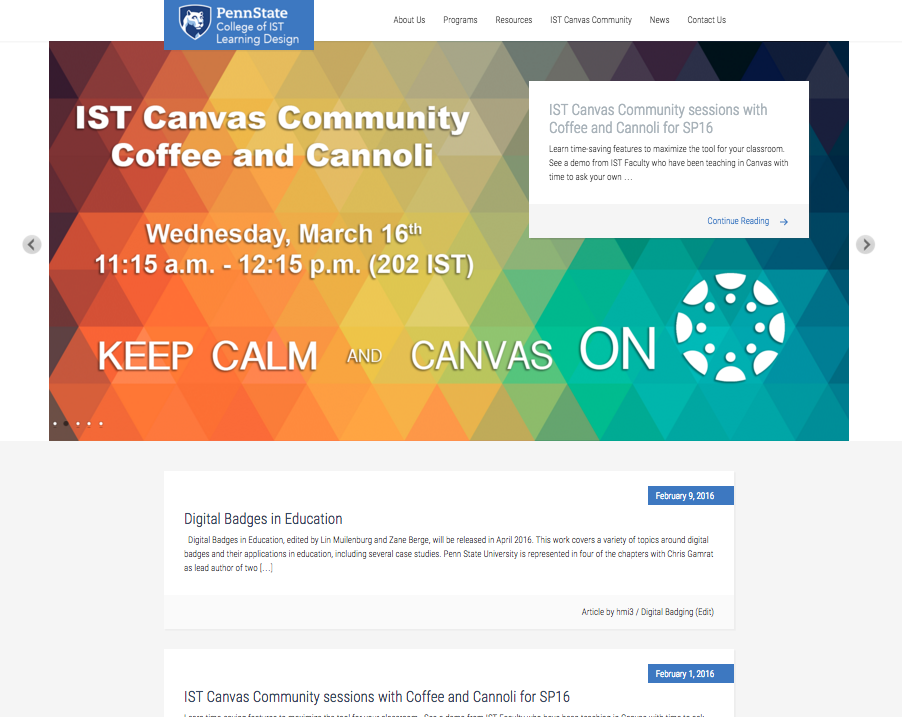I have a hard time making concise and direct screencasts while being as time efficient as possible.
I have recorded a screencast on how I make screencasts.
Basically, I make a screen recording without audio first, then I record the audio, and finally I edit them together into a final cut that plays back smoothly and much better than if I just hit record and do everything at once. All I use is iMovie and Quicktime Player on the Mac. Both are available for free.
While this takes a little longer, it is much less frustrating and higher quality than trying to record both my audio and the screen at the same time.
 I chose the Mini mostly for personal use and used my own money to buy one. I didn’t want to spend a lot and thought the smaller form factor would be fine and perhaps suit my needs even better. So far, I’m happy.
I chose the Mini mostly for personal use and used my own money to buy one. I didn’t want to spend a lot and thought the smaller form factor would be fine and perhaps suit my needs even better. So far, I’m happy.


